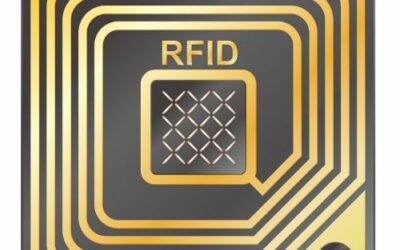In this guide:
In this guide:
Asset tracking is the process of logging unique assets and tracking them. You can track all different types of information and data with asset tracking software, from depreciation information to maintenance history.
But, what kind of assets can you track? The core concept of asset tracking is that all of your assets are unique and have unique information related to them, but what should your assets be?
Fixed Assets
First of all, you might want to consider tracking fixed assets with asset tracking software. This is because you’ll likely have existing fixed asset tracking operations and so a transfer makes sense.
If you’re using a spreadsheet, you’re actually losing money on your asset tracking. This is because spreadsheets have gaps and create risks such as ghost and zombie assets.
Therefore, while you need to pay for asset tracking software, you do retrieve a return on investment as these gaps are filled by an automated system.
You can then track asset lifecycles and depreciation information to ensure that your assets are still running exactly how they should be!
Fixed assets will be permanent business assets in the sense that they won’t be sold as stock, but will remain in the business to indirectly create revenue. As such, they can be anything from a stapler to a desk.
IT Asset Management
IT assets are a subset of fixed assets and include IT hardware and software. Because of this, the type of information you’re adding will be slightly different.
Instead of depreciation data, perhaps, you’ll want to add critical warranty dates and other important fields of information. You can also track PAT test reminders, too, and set them to repeat at whatever interval you need them to.
If you’re tracking software, you can track logins and renewals, for example. So, in this sense, you’re tailoring a reminders feature. Because you have the ability to name one renewal and another PAT test due, you can tailor the software to your assets instead of the other way around.
Equipment
Equipment moves. It may be a subset of your fixed assets, but equipment is most likely to be the subset of assets that go missing, get misplaced, end up lost on-site, off-site, next to the site and so on and so forth.
This is why you’re best off using asset tags when you’re tracking equipment. Asset tags won’t fit in with software asset management, but they will help you track equipment locations.
This is because you can stick the tag onto your assets and scan it into your system. Then, every time you scan the tag, the assets’ last seen location will update using your phone’s GPS.
This gives you a tidy audit trail of where your assets have been and when, minimising the chance that assets will go missing. On top of this, you still have the same equipment checkout features, reminders features and information logging features, as well as the ability to run customised reports, as you do for other types of assets.
Anything Else!
As you can see, it’s not the type of asset that’s important. The best asset tracking software will let you track any type of asset. This can be equipment, fixed assets, IT assets, or something that’s so niche to your business that it’s so ridiculously valuable and can’t be misplaced or replaced.
At itemit, we’ve helped people track it all. itemit’s asset tracking capabilities span across the globe with customers from Australia to Hong Kong to America to Chile and beyond.
Our clients are using the system to track movie props, radios, tools, equipment, costumes, musical instruments, conservation assets, oxygen tanks, water pipes, everything. So, whether you’re tracking assets that everyone has, such as a laptop, or something specific to you, itemit can help.
To find out more about how asset tracking can help your business, you can contact the team at team@itemit.com. You can also fill in the form below to start your 14-day free trial.
Asset Tracking
Choose a better way to track your assets
Start your free 14-day trial now
Instant access. No credit card details required.
Related articles
IT Asset Management Made Simple
Having trouble organising your IT assets? Read this post now to find out how using IT asset inventory software can help immensely!
How To Get Started With RFID
How does RFID tracking work and how can you begin to get started with it? Read this article as it explains everything you need to know!
How Your Business Can Save Money By Using An Asset Register
How can you save your business by using an asset register app? Read this post now to uncover the secrets that could help your business thrive!




